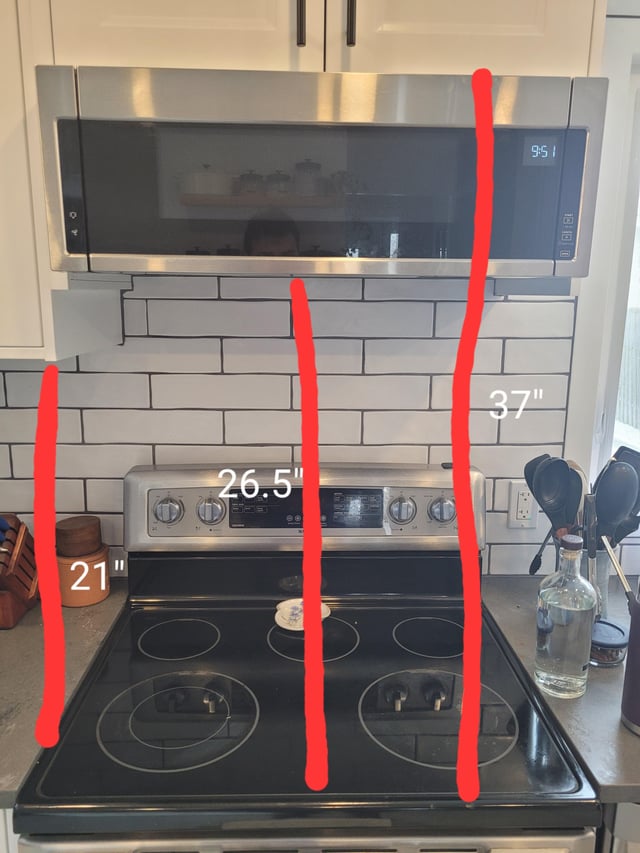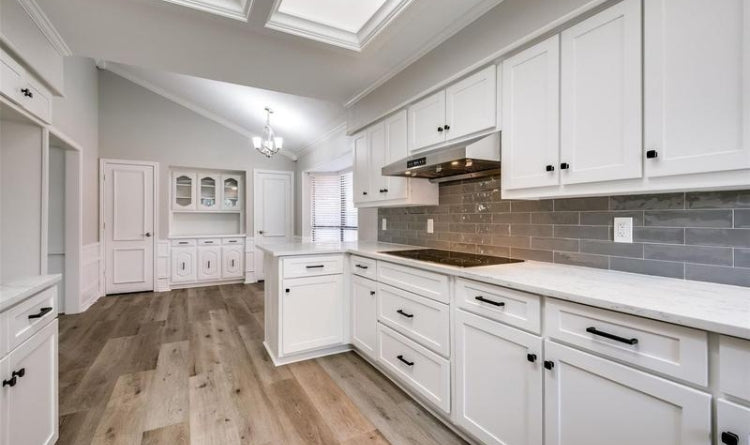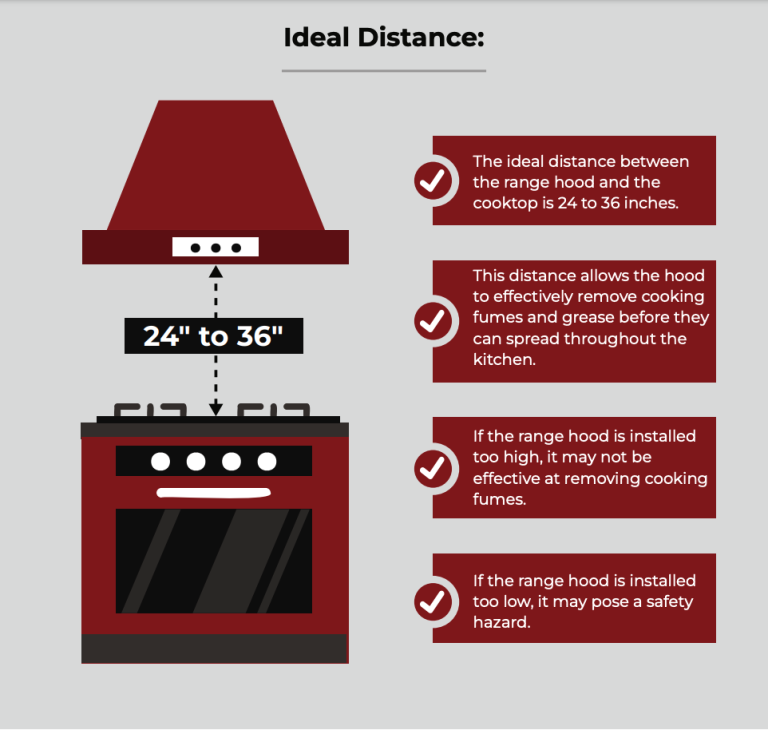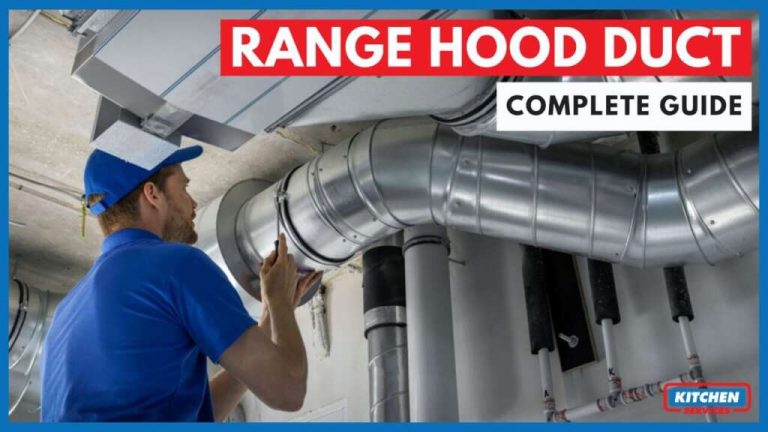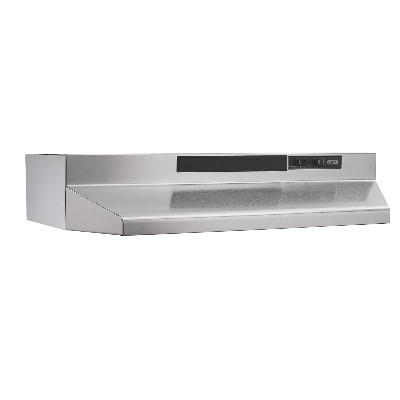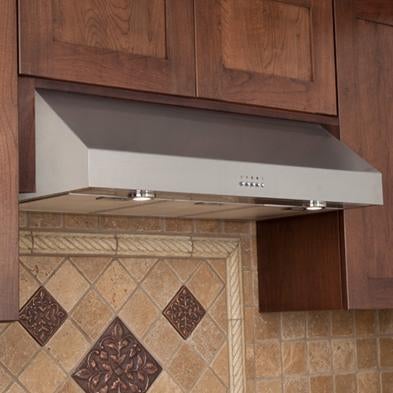Building codes for range hood venting vary by location but generally require proper ducting and airflow specifications. Compliance ensures safety, efficiency, and effective removal of airborne contaminants.
Range hoods play a crucial role in maintaining kitchen air quality. Proper venting prevents grease buildup and reduces smoke, odors, and humidity. Each region has specific building codes that govern the installation and operation of range hoods. These codes focus on factors like duct size, material, and placement.
Understanding local requirements is essential for homeowners and contractors alike. Ensuring compliance with these codes not only enhances kitchen safety but also improves the efficiency of cooking appliances. This guide will provide insights into the essential aspects of range hood venting and how to meet local building regulations effectively.
Introduction To Range Hood Venting
Proper ventilation is crucial in any kitchen. It helps remove smoke, steam, and odors. This keeps the air fresh and healthy. Good ventilation also prevents moisture buildup. Too much moisture can lead to mold and damage.
Understanding basic venting concepts is essential. A range hood should be properly sized for the stove. The location of the vent is also important. It should lead outside for the best air quality. Make sure to follow building codes for safe installation.
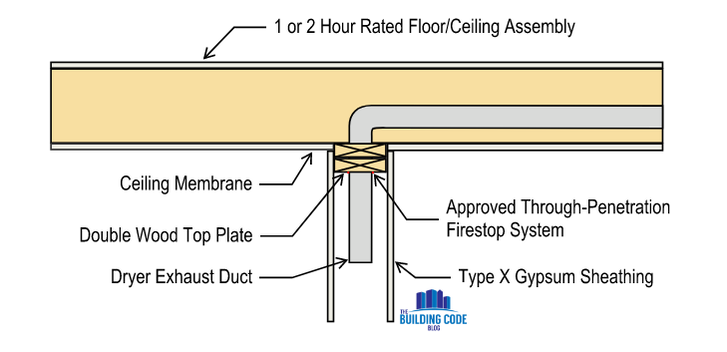
Credit: www.buildingcode.blog
Types Of Range Hoods
Ducted hoods are the most effective type of range hoods. They vent air outside your home. This helps remove smoke, odors, and grease. Ducted hoods improve indoor air quality significantly.
Ductless hoods filter air and recirculate it back into the kitchen. They are easier to install since no ducting is needed. These hoods use charcoal filters to clean the air.
Recirculating systems work similarly to ductless hoods. They also filter air and send it back into the room. Though less effective, they are a good option for some kitchens.
Key Building Code Requirements
Building codes for range hood venting include important requirements. These codes ensure safety and efficiency in homes.
Minimum ventilation standards require adequate air exchange. This helps remove smoke, grease, and odors. A common standard is at least 100 CFM for each linear foot of the range.
| Duct Material | Size Regulations |
|---|---|
| Metal ducts are preferred for safety. | The minimum diameter should be 6 inches. |
| Flexible ducts can be used but must meet codes. | Keep duct runs as short as possible. |
Ensure all venting complies with local codes. This helps protect your home and family.

Credit: www.webstaurantstore.com
Determining The Right Venting Path
Assessing the kitchen layout is crucial for range hood venting. Measure the distance from the hood to the outside. Straight paths work best for venting. Avoid long or twisty routes.
Common external venting options include:
| Option | Description |
|---|---|
| Wall Vent | Exhausts air directly through an exterior wall. |
| Roof Vent | Exhausts air through the roof, ideal for upper floors. |
| Ceiling Vent | Exhausts air through the ceiling, useful for island hoods. |
Choose the option that fits your kitchen best. Each option has its advantages and disadvantages.
Installation Best Practices
Follow these simple steps for venting setup. Start by choosing the right location for the range hood. Ensure there is enough clearance above the cooking surface. Measure the distance to the outside vent carefully.
Next, use the proper duct size. A 6-inch diameter is common for most hoods. Avoid using too many bends in the ductwork. This can restrict airflow and reduce efficiency.
Seal all joints with duct tape or clamps. This prevents leaks and keeps the system working well. Finally, secure the vent cap outside to protect against weather elements.
Common mistakes include using small ducts or too many bends. Always check local building codes for specific requirements. Proper installation ensures the range hood works effectively and safely.
Vent Maintenance For Safety And Efficiency
Regular cleaning of range hoods is essential for safety and efficiency. Grease can build up and cause fire hazards. Use a soft cloth and a mild cleaner for the exterior. For the filters, hot soapy water works well.
Check the manufacturer’s instructions for specific cleaning guidelines. Clean filters every few months. Replace them if they are damaged or too dirty.
Call a professional if you notice strange noises or poor airflow. They can fix any mechanical issues. A pro should also handle complex installations or upgrades. Regular maintenance ensures your range hood works properly.
Upgrades And Innovations In Venting
Upgrades in venting technology have led to energy-efficient range hoods. These hoods save power while providing excellent air quality. They often use LED lights and quiet motors for better performance.
Smart venting systems connect to home networks. They can be controlled via smartphones or voice commands. Users can adjust settings from anywhere in the house. This technology also monitors air quality in real-time.
| Feature | Benefits |
|---|---|
| Energy Efficiency | Reduces electricity bills and environmental impact. |
| Smart Controls | Convenient operation from anywhere in the home. |
| Quiet Operation | Minimizes noise for a more pleasant cooking experience. |
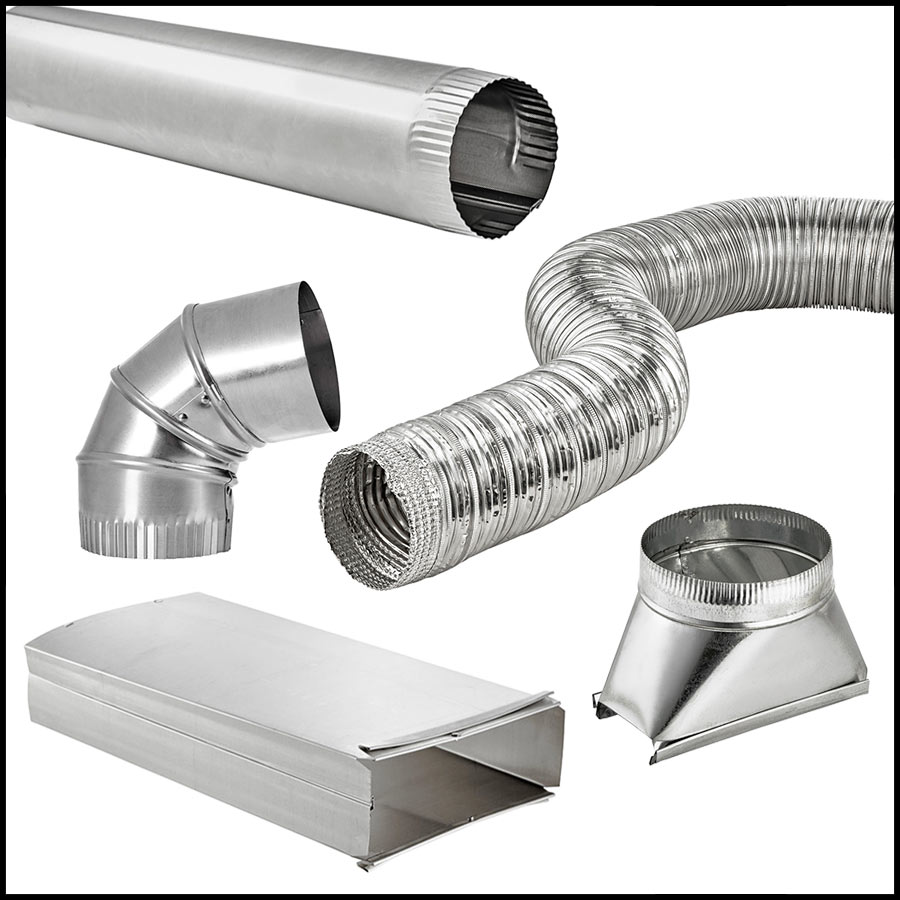
Credit: www.lambro.net
Navigating Local Regulations And Permits
Understanding local building codes is essential for range hood venting. Each area has its own specific regulations. Researching these codes helps avoid future issues. Check with your local building department for guidelines. Online resources can also provide helpful information.
Before starting your project, gather all necessary documents. Permits may be required for installation. The permit process can vary by location. Some areas have quick approvals, while others may take longer. Always ensure compliance with your local laws.
| Step | Description |
|---|---|
| 1 | Contact local building department. |
| 2 | Gather required documents. |
| 3 | Submit permit application. |
| 4 | Wait for approval. |
Frequently Asked Questions
What Are The Basic Requirements For Range Hood Venting?
The basic requirements for range hood venting include proper duct size, material, and installation height. Ducts should be made of metal, not plastic. Ensure that the vent exits outside, not into the attic. Check local building codes for specific regulations to ensure compliance.
How Do I Choose The Right Duct Size?
Choosing the right duct size depends on the range hood’s CFM rating. A larger CFM requires a bigger duct. Generally, a 6-inch duct suits hoods with 300 CFM. For hoods over 600 CFM, an 8-inch duct is recommended. Always consult manufacturer specifications for the best results.
Can I Vent A Range Hood Into The Attic?
No, venting a range hood into the attic is not allowed. This practice can lead to moisture buildup and mold growth. It also violates most building codes. Always vent directly outside for safety and compliance with regulations. Ensure proper installation for effective ventilation.
What Materials Are Suitable For Range Hood Ducts?
Suitable materials for range hood ducts include galvanized steel, aluminum, and stainless steel. These materials resist heat and are durable. Avoid using plastic or flexible ducts, as they can pose fire hazards. Ensure all joints are tightly sealed to prevent leaks and improve efficiency.
Conclusion
Proper venting for range hoods is crucial for a safe kitchen environment. Following building codes ensures effective ventilation and helps prevent moisture and odors. Always consult local regulations before installation. Prioritizing compliance not only enhances your kitchen’s functionality but also contributes to overall home safety.
Choose wisely for a healthier cooking space.
